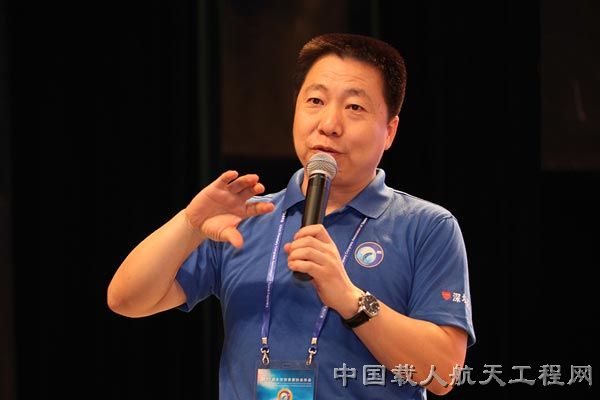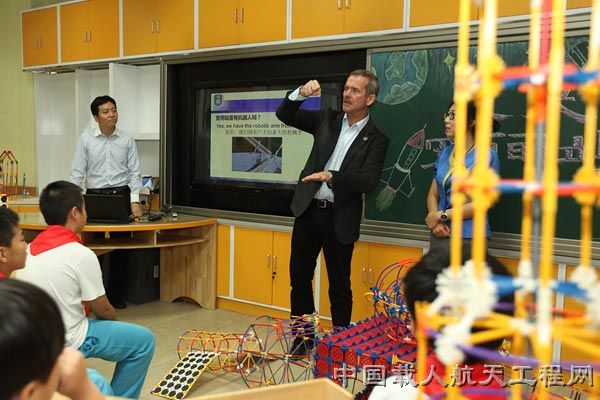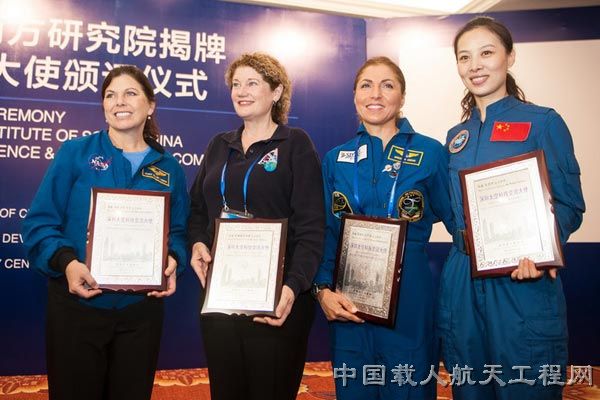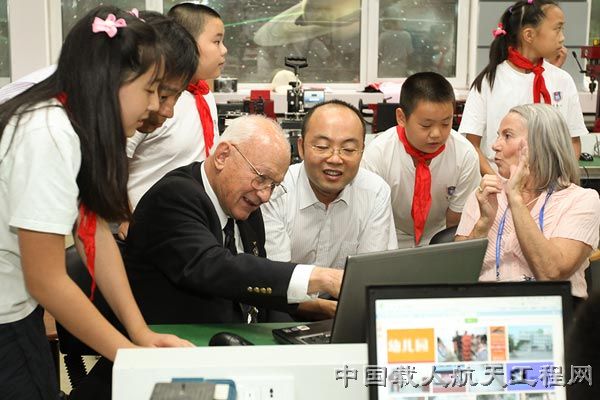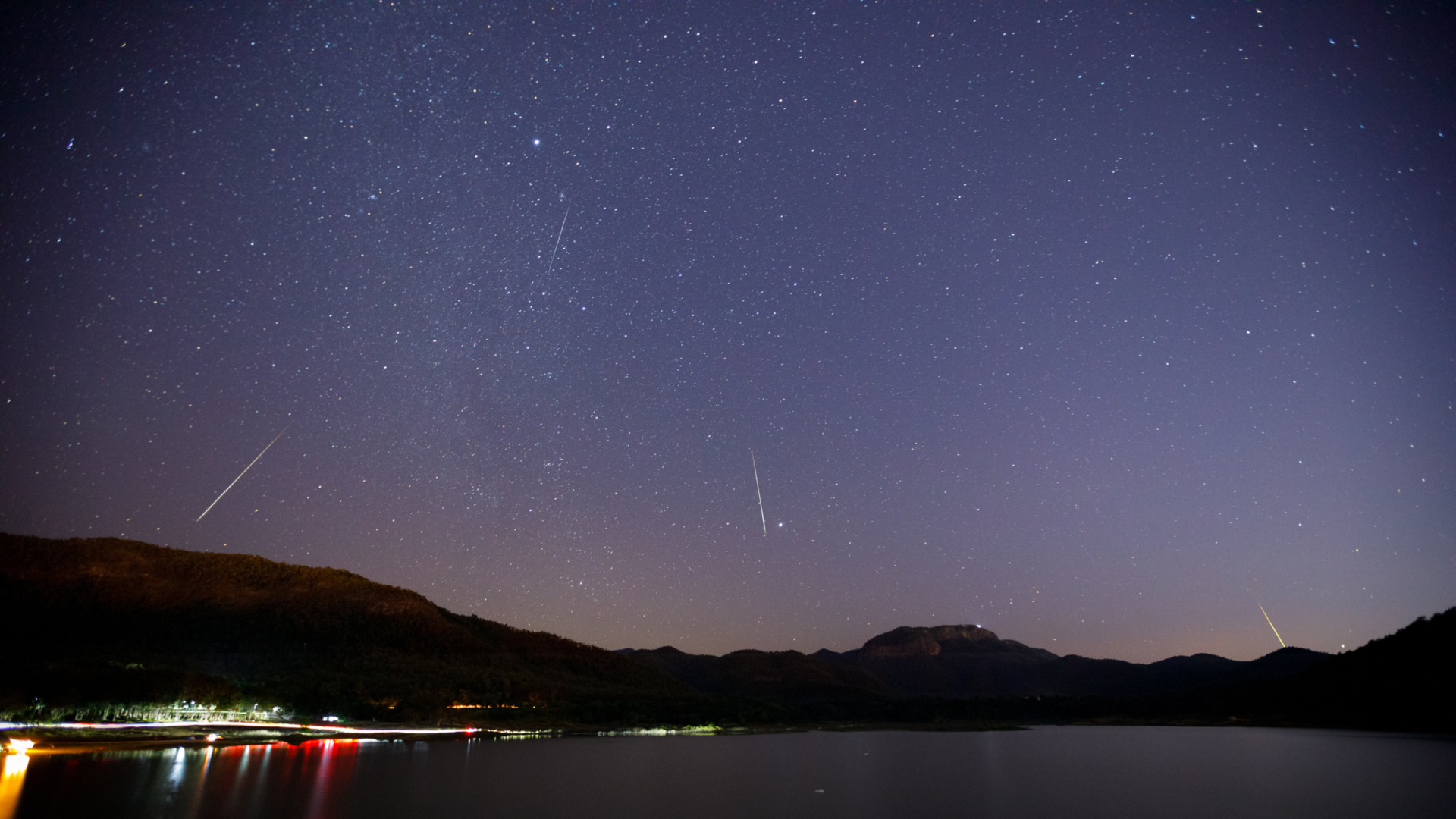China Moving Forward with Big Space Station Plans

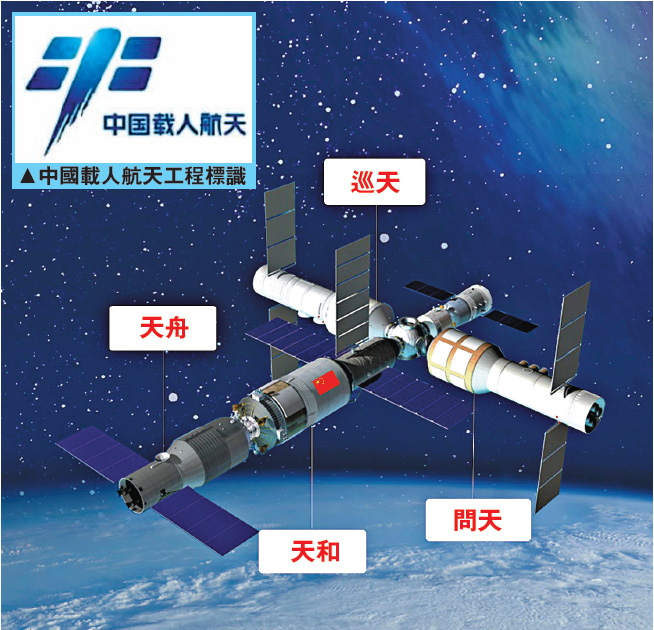
Space travelers from around the globe recently got a firsthand sense of China's blossoming plans to explore Earth orbit and beyond.
At the 27th Planetary Congress of the Association of Space Explorers (ASE), held in Beijing last month, China's space industry leaders extended an open invitation for other nations to take part in China's emerging space station program.
"We reserved a number of platforms that can be used for international cooperative projects in our future space station when we designed it," Yang Liwei, deputy director of China Manned Space Engineering and China's first astronaut, said at the event, which was held in China for the first time. "In addition to collaboration in applied experiments, we also designed adapters that can dock with other nations' spacecraft." [Read the latest news about China's space program]
China has initiated a multistep space station program, sending the Tiangong 1, its first space lab and still-operating spacecraft, into orbit in September 2011.
And the liftoff of China's Tiangong 2 space lab, scheduled for 2016, is intended to sharpen China's space station construction skills. A Shenzhou 11 crewed spacecraft and a Tianzhou 1 cargo spacecraft would then be launched to dock with that facility.
Yang told the ASE delegates that by about 2022, China's first space station would be fully operational.
A deliberate path to space
Space travelers from around the world attended the event hosted by ASE, an international nonprofit professional and educational organization of nearly 400 astronauts from 35 nations. One of them was Charles Walker, the first industrial payload specialist that flew as a crew member on three space shuttle missions in the 1980s.
Breaking space news, the latest updates on rocket launches, skywatching events and more!
"The ASE Congress was very successful; the Chinese are energetic, welcoming, friendly and intent on exploring and developing space," Walker said.
The Chinese mythabout the beautiful young woman, Chang'e, and her jade rabbit, Yutu, going to the moon have made for a great connection with the Chinese people. All of China's lunar missions to date have been named for the Chang'e moon maiden. "They seem intent on lunar exploration and exploitation through some or all the scenarios of which we are familiar," Walker told Space.com.
And China is maintaining its momentum with missions to low-Earth orbit, Walker said. "Their human spaceflight program is maturing quickly and deliberately," he said.
China's space advances
It's important to note the success of China's manned Shenzhou missions — which included the nation's first crewed flight, first spacewalk and first dockings to a space lab— which are significant, Walker said. "Theyvery clearly tout [these missions] as leading up to the fully assembled station by 2022," Walker said. "And they are very clear in offering partnerships and user relationships in that space station program."
In fact, Walker said, young Chinese engineers and scientists working on space-flight activities seem just as excited and determined as the Americans working on the Mercury, Gemini and Apollo programs in the 1960s.
"The U.S. found reasons, ways and means to cooperate with the Soviet Union in space, so the U.S. must do so with China today. Europe is already walking that path," Walker said.
Seeking international cooperation
Former Apollo astronaut Russell (Rusty) Schweickart, who also attended the ASE event, was impressed by this year's Planetary Congress. Schweickart is also the founder and past president of the ASE and currently serves as Chairman Emeritus of the B612 Foundation, which is dedicated to protecting the Earth from future asteroid impacts.
"There was great interaction and terrific contact with all the Chinese astronauts —and very warm," he said, commending China's request for international participation. "I don't know yet whether there are more specifics on that," he told Space.com, "but there's no doubt that it is sincere." [See photos from China's 1st moon lander and rover]
The politics of space
Also attending this year's Planetary Congress was Bruce McCandless, a veteran of two space shuttle flights and the first person to make an untethered spacewalk, using a Manned Maneuvering Unit.
McCandless said China's invitation to other nations reminded him of Interkosmos, a former Soviet Union initiative that gave nations on friendly terms with the Soviets access to human and robotic space missions. He, too, highlighted China's call for nations to take part in its space station program.
"And the way things are shaping up, that's about the time that our International Space Station may be destroyed, retired — whatever you want to call it," McCandless told Space.com.
The International Space Station is about 16 years old (construction began in 1998). NASA is working with its international partners to extend the station's orbital life through 2028, but the orbiting outpost will eventually be retired and intentionally destroyed by burning up in the Earth's atmosphere.
Although China is inviting widespread participation in its space station plans, it probably doesn't include the U.S., "the way we're addressing the situation," McCandless said, referring to the current lack of U.S.-China cooperation on human spaceflight. "It would be very politically powerful" if China were to include the U.S. in that invitation, he said.
A matter of conviction and funding
Outside of the ASE assembly, McCandless said he got tours of China's neutral buoyancy tank, a look at Shenzhou and space station training hardware and a visit to a neighboring school.
"We did get a tour of the Beijing Space City, which is, in my opinion, roughly equivalent to the NASA Johnson Space Center," McCandless said. "The missions that they have undertaken have included a space walk, [and] the first Chinese and second Chinese woman in space. They did the teacher-in-space broadcast to classrooms, apparently to great success, and they have repeatedly docked with their space lab."
"Those things we have seen have all seemed to be executed quite competently," McCandless said. "It seems to me that they would be an appropriate collaborator or partner in future efforts. If we are not interested in working with them, they probably have the national conviction and the funding to just keep moving ahead by themselves."
Leonard David has been reporting on the space industry for more than five decades. He is former director of research for the National Commission on Space and is co-author of Buzz Aldrin's 2013 book, "Mission to Mars – My Vision for Space Exploration," published by National Geographic. Follow us @Spacedotcom, Facebook and Google+. Original article on Space.com.

Leonard David is an award-winning space journalist who has been reporting on space activities for more than 50 years. Currently writing as Space.com's Space Insider Columnist among his other projects, Leonard has authored numerous books on space exploration, Mars missions and more, with his latest being "Moon Rush: The New Space Race" published in 2019 by National Geographic. He also wrote "Mars: Our Future on the Red Planet" released in 2016 by National Geographic. Leonard has served as a correspondent for SpaceNews, Scientific American and Aerospace America for the AIAA. He has received many awards, including the first Ordway Award for Sustained Excellence in Spaceflight History in 2015 at the AAS Wernher von Braun Memorial Symposium. You can find out Leonard's latest project at his website and on Twitter.
